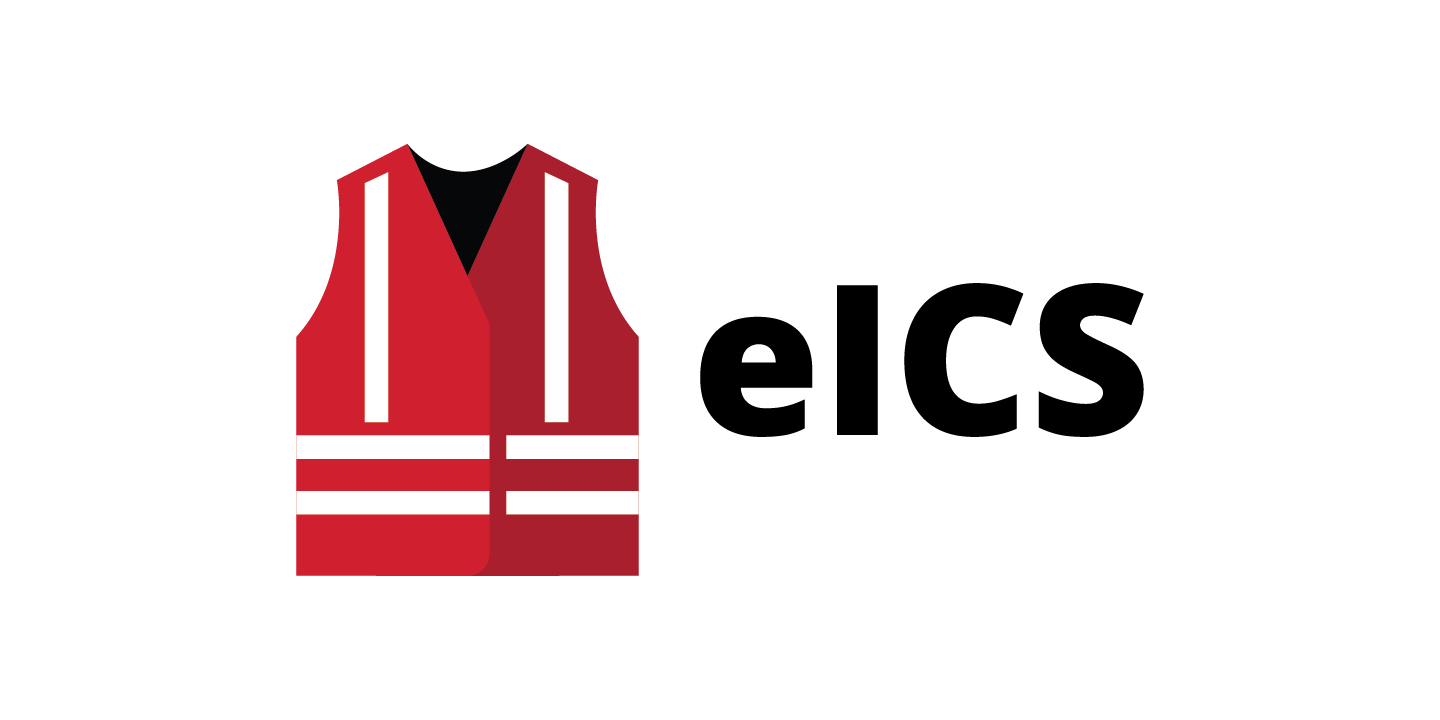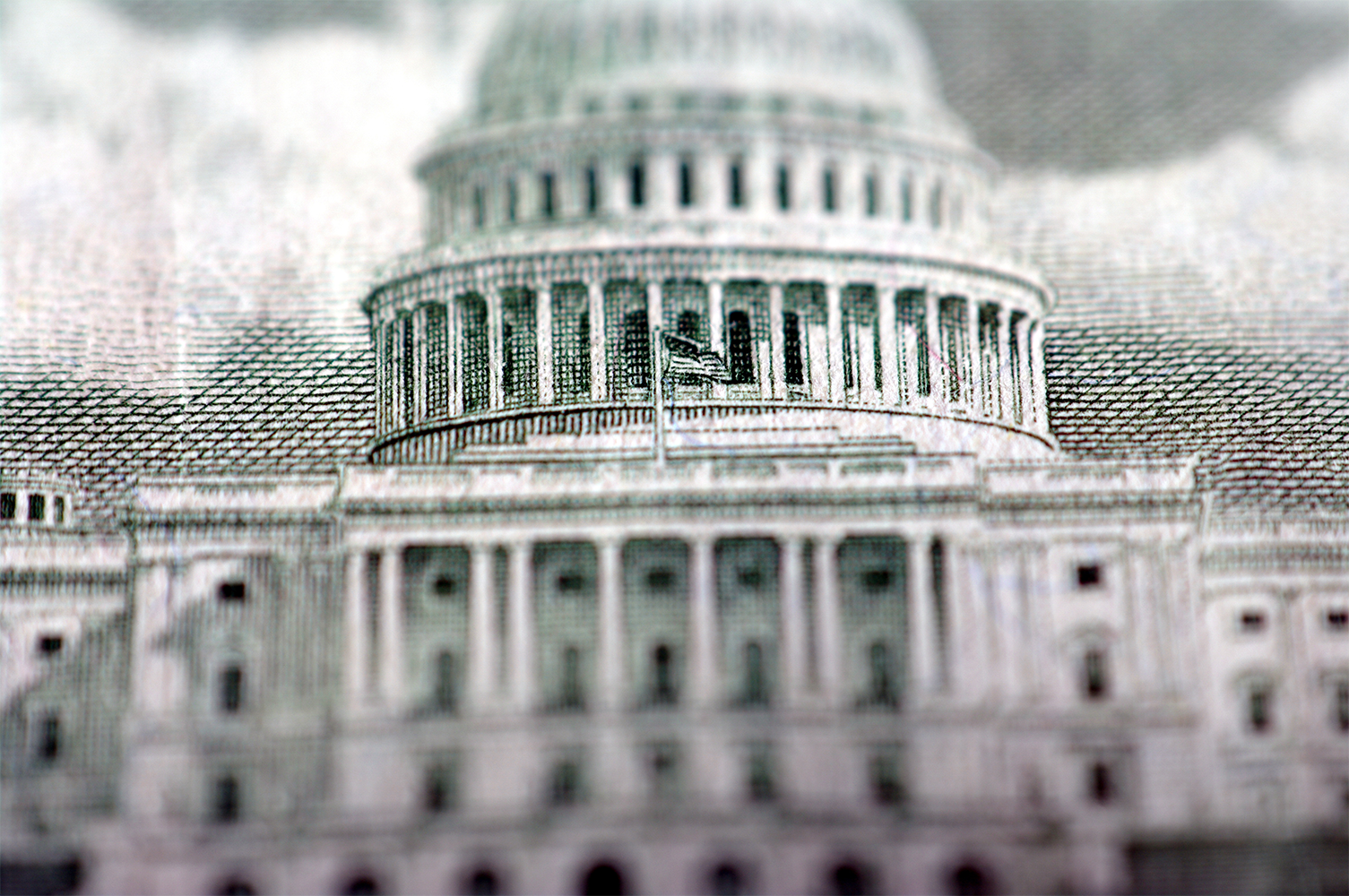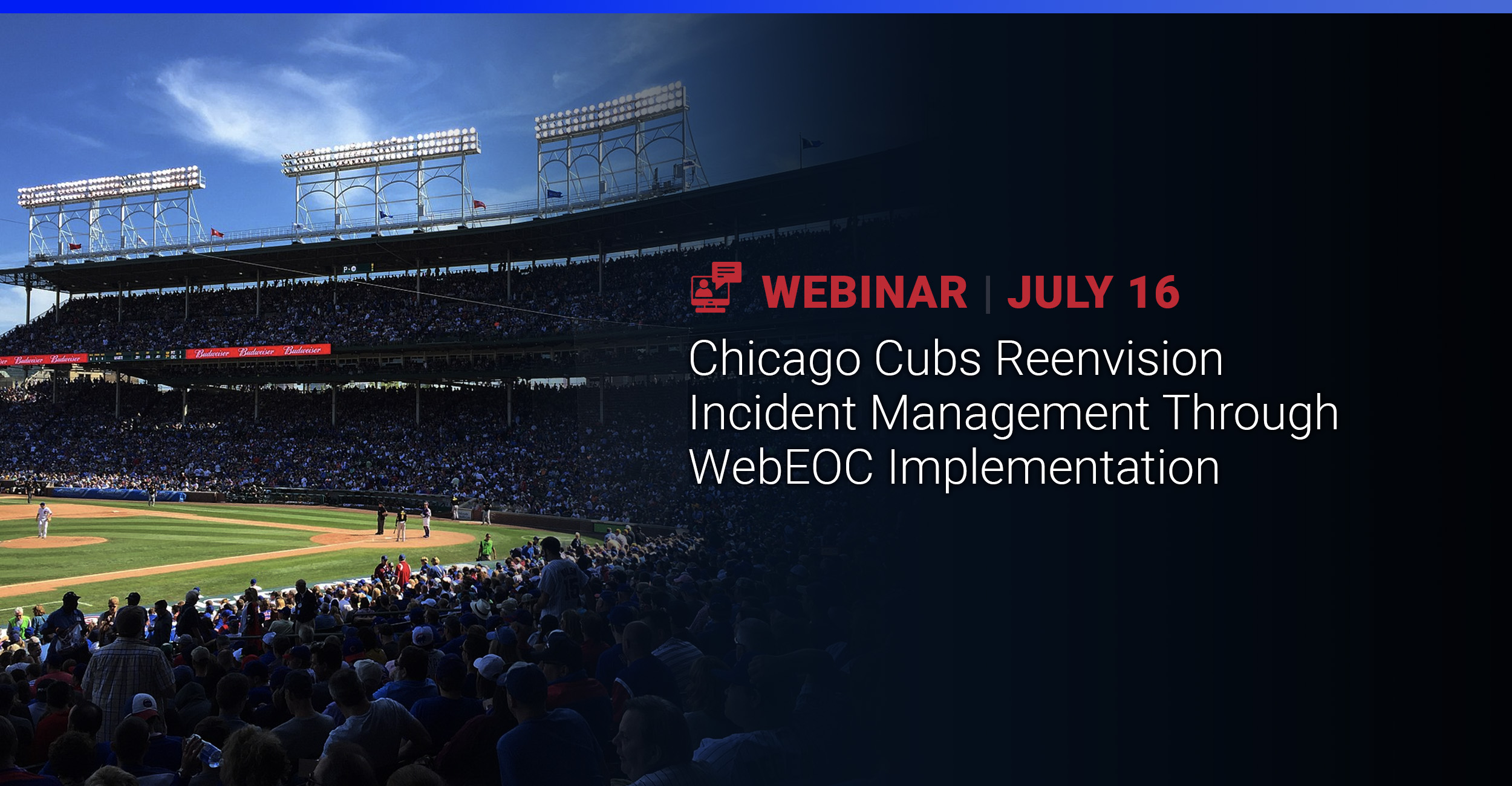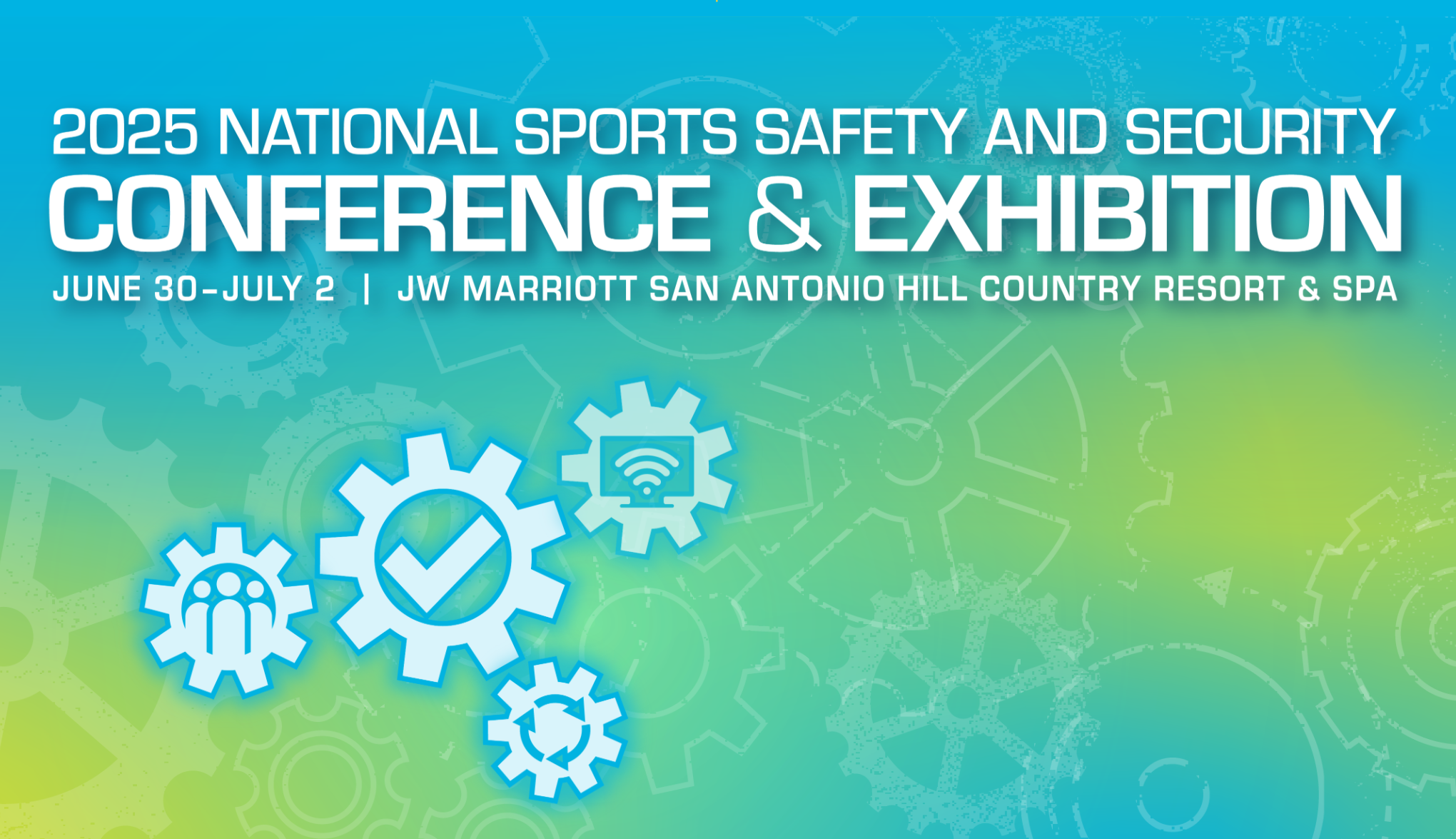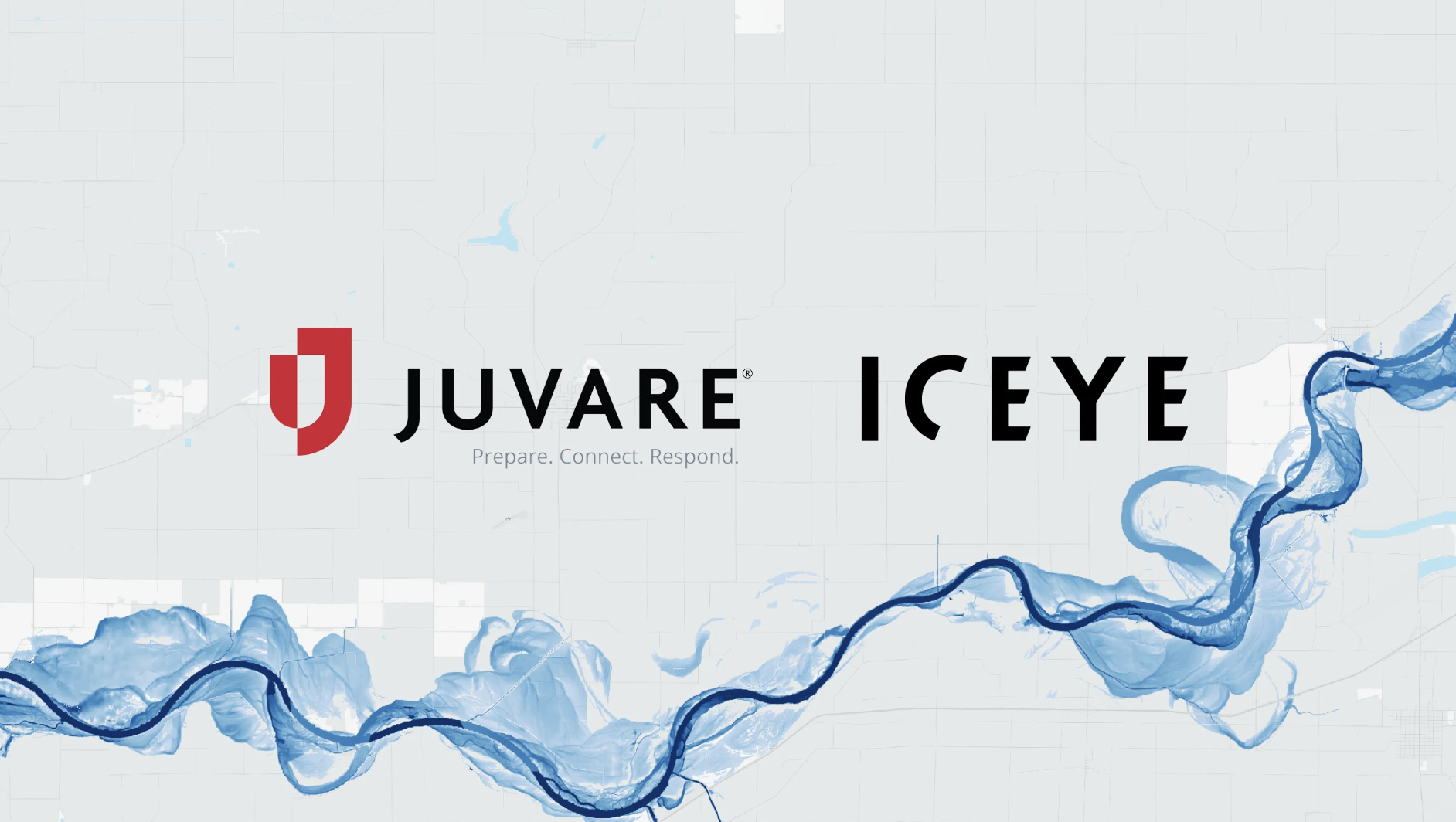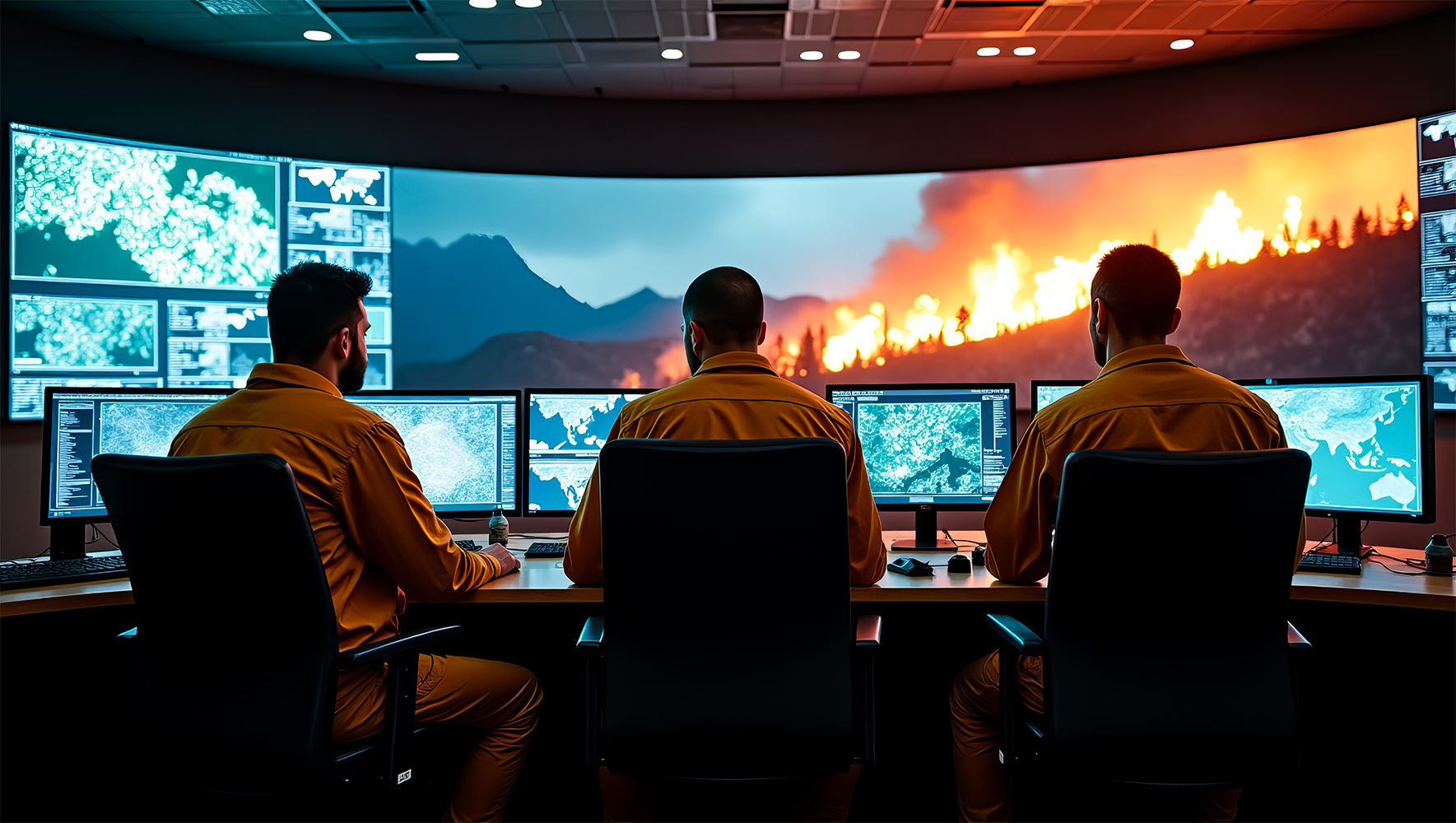The COVID-19 pandemic has been tough on everyone, especially Emergency Managers. As we continue to navigate our way through this public health crisis, it’s clearer than ever that your vocation and hard work to keep communities safe is no “trivial pursuit”.
At Juvare, we’re proud to do our part to “help the heroes” – to support all of you on the front lines who are coordinating the continued COVID-19 response, including contact tracing activities as organizations reopen, and staying prepared to respond to any crisis or emergency that might occur.
In addition to offering innovative emergency management solutions – like our new Contact Tracing and Case Management solution – powered by WebEOC –we also like to bring a little fun to the difficult and serious work you’re doing, like our COVID-19 playlist on Spotify, our list of top movies to get through the pandemic, downloadable EOC-related Zoom video conferencing backgrounds, or our tips for dealing with increased stress during the COVID-19 pandemic.
To that end, we’ve put together a little emergency management trivia – a fun way to test yourself and maybe brush up on some industry-related knowledge.
How do you think you’ll do? Are you an emergency management trivia expert? Find out below!
- Which president created FEMA?
a. John F. Kennedy
b. Dwight D. Eisenhower
c. Jimmy Carter
d. Franklin Delano Roosevelt
- What does the Richter scale measure?
a. the damage from an earthquake
b. the magnitude of an earthquake
c. the location of an earthquake
d. how well your seismograph works
- What was the most powerful Atlantic hurricane ever recorded?
a. Katrina (2005)
b. Dorian (2019)
c. Wilma (2005)
d. Cammile (1969)
- Has there ever been a tornado rated an F-6 on the Fujita scale?a. Yes. Tornado trackers followed an F-6 tornado for 5 miles in Oklahoma in 1978.
b. No way. Never happened. - What is the most common type of natural disaster?
a. Tornadoes
b. Floods
c. Hurricanes
d. Atlanta Falcons in the post season
- What animal preceded Smokey Bear as the U.S. mascot for forest fire prevention?
a. Baloo the bear from The Jungle Book
b. Bambi, from the Disney animated feature
c. Yogi Bear and his pal Boo Boo
d. Bigfoot
- What was the largest wildfire in U.S. history?
a. The Great Fire of 1910
b. The Mann Gulch Fire, 1949
c. The Great Chicago Fire, 1871
d. The Camp Fire, 2018
- What does “The Waffle House Index” measure?
a. Community response to a natural disaster
b. How much coffee will be needed by emergency managers
c. Varying levels of scattered, smothered, and covered
d. The effect of a storm and the likely scale of assistance required for disaster recovery
- In what country did the strongest earthquake on record occur?
a. The United States
b. Italy
c. China
d. Chile
- WebEOC was originally developed for emergency management operations in what industry? (Before becoming the industry standard for emergency management platforms across all industries, of course).
a. Airlines industry
b. Nuclear energy industry
c. Transportation industry
d. Higher Education
How Did You Do?
So, did you get all the answers correct? See below for all the answers and a little more in-depth information about the questions. We hope this little pop quiz allowed you to relax a little – so that you can return to your work refreshed and more productive, and ready to take on the seriousness of dealing with disasters, critical incidents, and of course pandemics.
Remember, at Juvare we are proud to support you and ready to help in any way, through any crisis.
Be sure to call on us if we can help you with any of our solutions for your public health and critical incident management activities.
Emergency Management Trivia: Answers
1 – C – Jimmy Carter. On April 1, 1979, President Jimmy Carter signed the Executive Order that created the Federal Emergency Management Agency (FEMA).
2 – B – The Richter Scale measures the magnitude of an earthquake.
3 – D – Hurricane Wilma in October 2005 produced highest sustained winds of 185mph (882 mbar)
4 – B – No. There is no such thing as an F6 tornado, even though Ted Fujita plotted out F6-level winds. The Fujita scale, as used for rating tornados, only goes up to F5. Even if a tornado had F6-level winds, near ground level, which is very unlikely if not impossible, it would only be rated F5.
5 – B – Floods. In the last 20 years, flooding has been the most common natural disaster by far, accounting for 43% of all recorded events.
6 – B – Bambi. The U.S. began its national wildfire prevention campaign during World War II. An early poster for the campaign featured Walt Disney’s Bambi, along with pals Thumper and Flower.
7 – A – The Great Fire of 1910 burned through 3 million acres in northern Idaho and western Montana. According to the Forest History Society, the wildfire killed 87 people, mostly firefighters, and is believed to be the largest wildfire in U.S. history. However, The Camp Fire in November 2018, was the deadliest in California history, but not the deadliest in the U.S. overall, and killed 85 people and scorched 153,336 acres — an area larger than the city of Chicago.
8 – D – The Waffle House Index is an informal metric used by the Federal Emergency Management Agency (FEMA) to determine the effect of a storm and the likely scale of assistance required for disaster recovery. The measure is based on the reputation of the Waffle House restaurant chain for staying open during extreme weather and for reopening quickly after very severe weather events such as tornadoes or hurricanes. The term was coined by FEMA Administrator Craig Fugate in May 2011, following the 2011 Joplin tornado.
9 – D – In May 1960 an earthquake in Chile was recorded at 9.5 on the Richter Scale, triggering a tsunami across the Pacific and killing 2,300 people.
10 – B – Initially developed for use at nuclear power plants, the flexibility and effectiveness of WebEOC has allowed the platform to become the most widely-used and battle-tested emergency management solution for industries including Aviation, Corporate Enterprise, Education, Emergency and Incident Management, Energy and Utilities, Federal Agencies, Government Defense, Healthcare, Public Health, State and Local Government Agencies, and Transportation.






